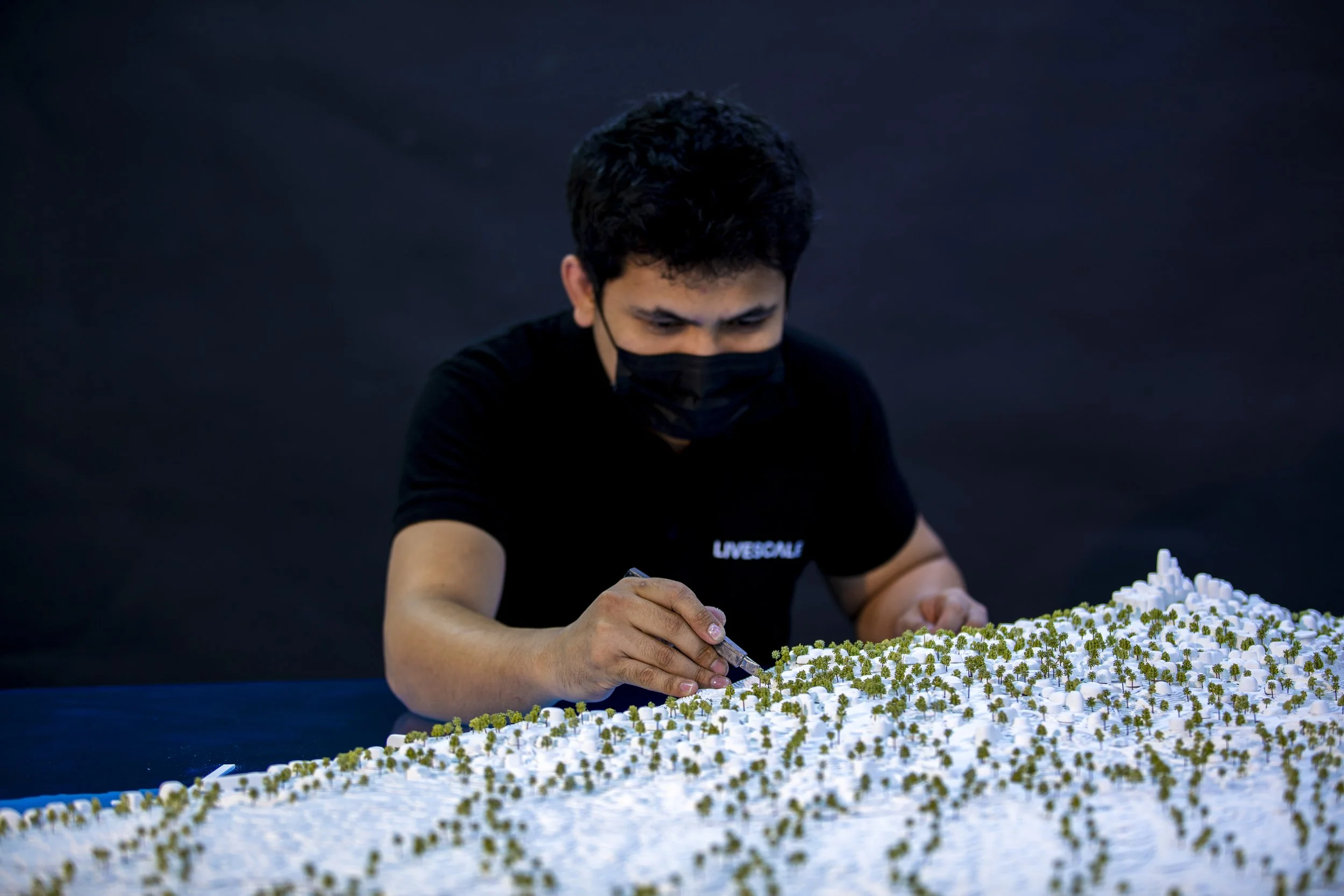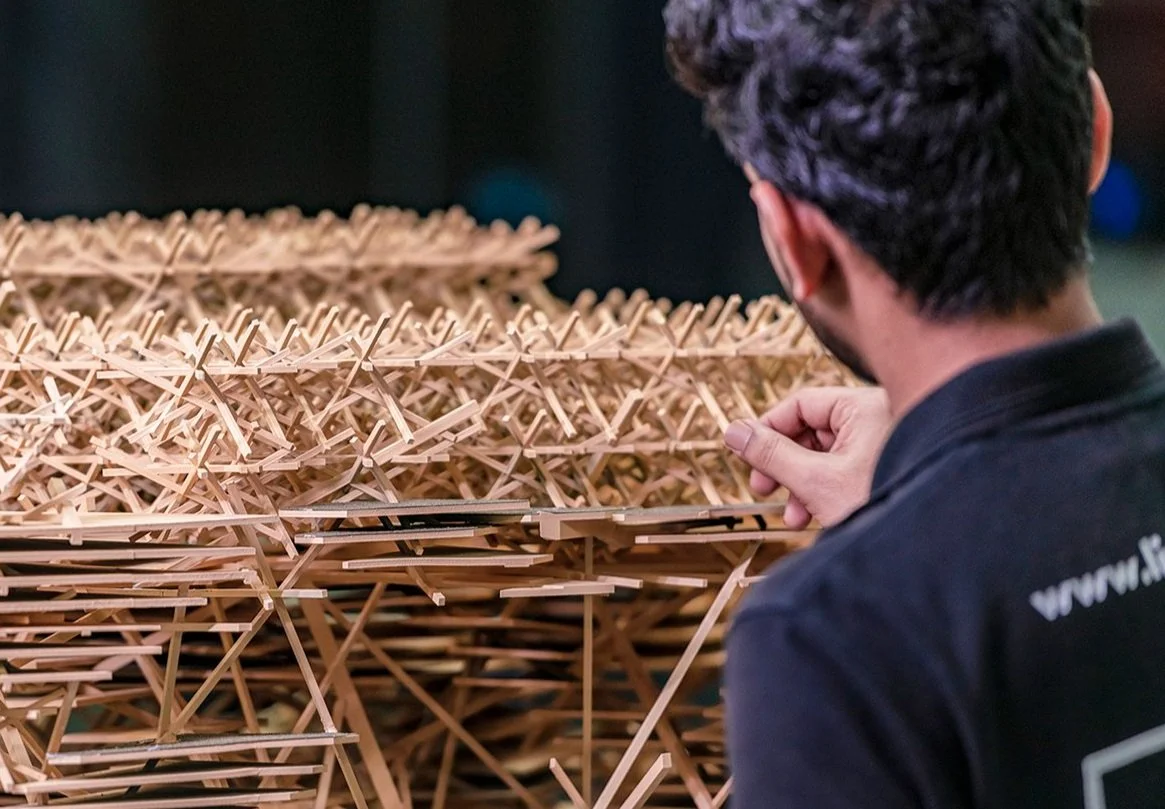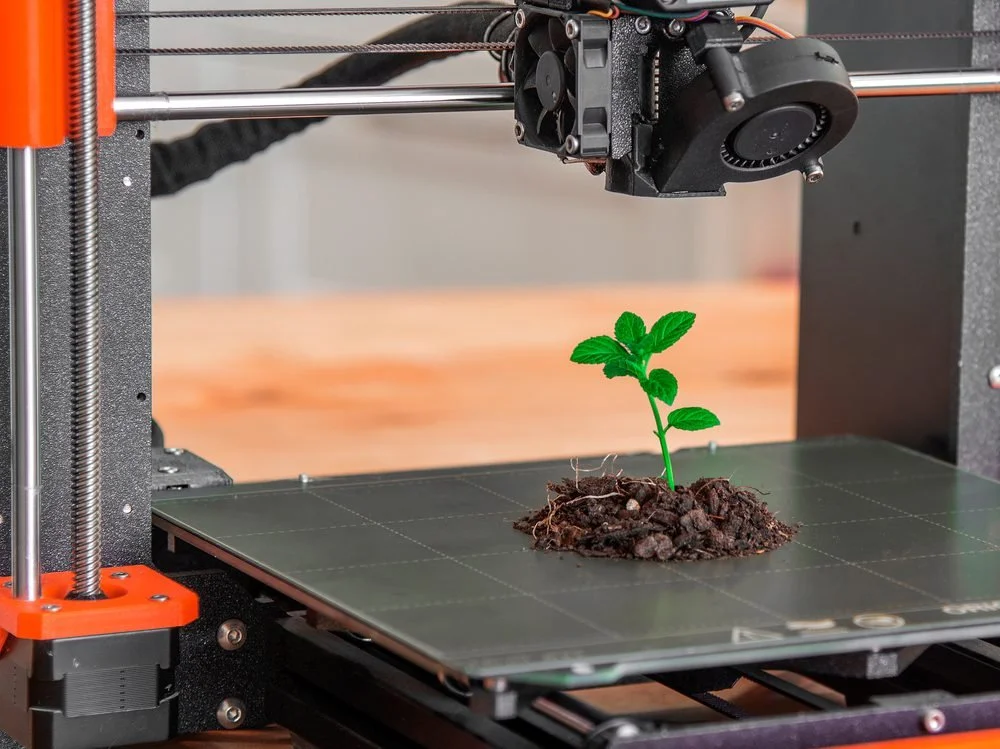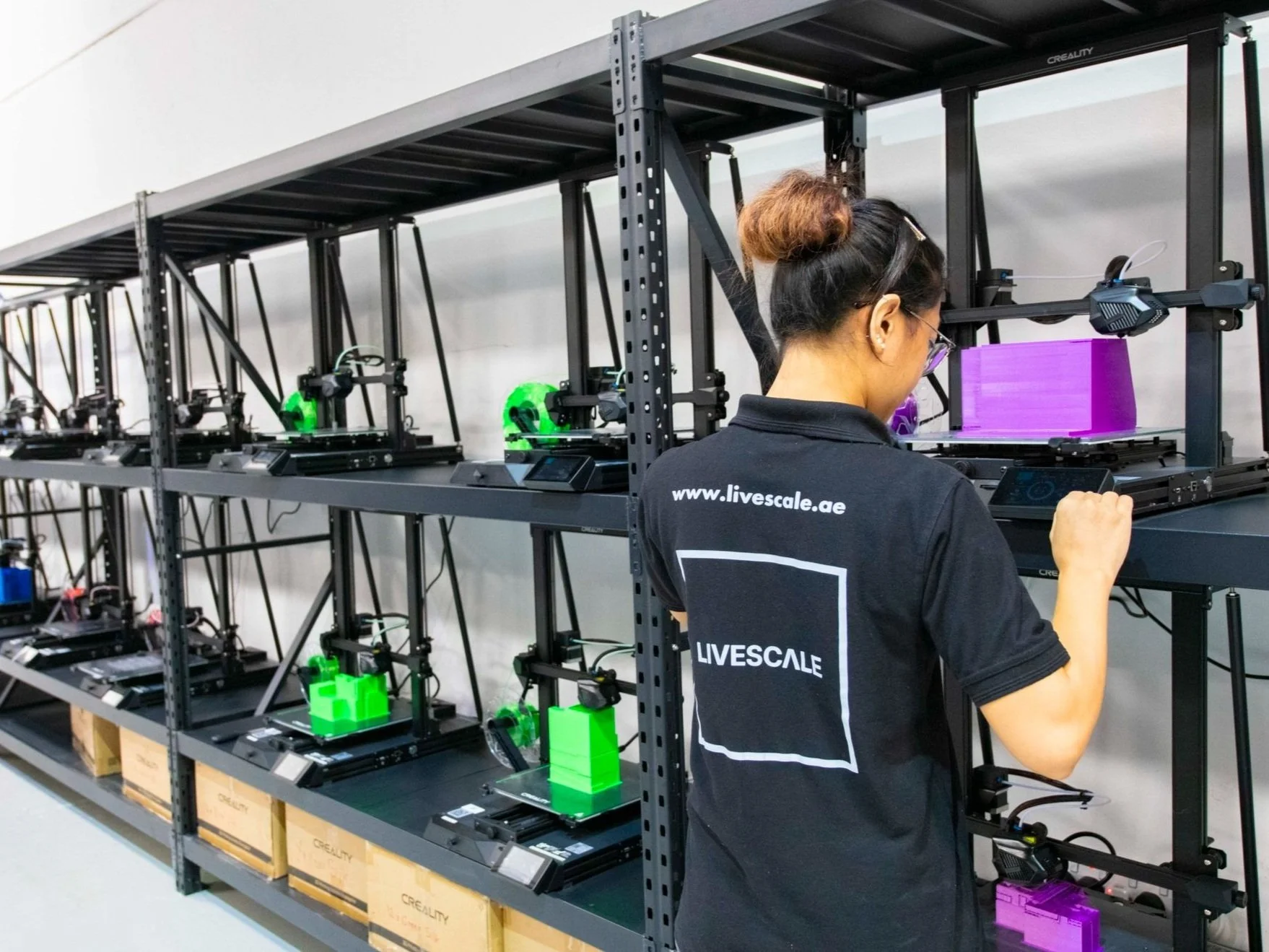Is the Scale Model Making Industry Heading Towards a Greener Future?
As sustainability becomes an increasingly core consideration for a multitude of industries worldwide, the practice of scale model making can similarly adopt a variety of eco-friendly practices that help preserve our environment.
Here are some effective strategies that can significantly contribute to making this field more sustainable and environmentally conscious for both makers and consumers alike.
The scale model-making industry has evolved significantly over the years, not just in terms of advanced technology and innovative materials, but also in increasingly adopting more sustainable practices that align closely with current environmental needs and concerns. This growth reflects a broader awareness of ecological impacts and a commitment to creating models that minimize waste and reduce the carbon footprint associated with traditional methods.
Sustainable Wood
When using wood, choosing sustainably harvested or reclaimed wood helps in reducing deforestation impacts. Sustainable forestry practices ensure that forests are managed responsibly, maintaining biodiversity and ecosystem health while providing wood resources. Reclaimed wood offers a unique aesthetic while repurposing materials that would otherwise contribute to waste.
Eco-Friendly Materials
Furthermore, localized production reduces the carbon emissions associated with shipping and transportation, as designers can create models on-site, avoiding long supply chains. The technology also enables greater precision and customizability, minimizing the need for rework and optimizing resource usage.
With 3D printing, designers can quickly prototype and iterate models without generating multiple physical versions, ultimately saving resources and time. Collectively, these advantages make 3D printing a key contributor to reducing the environmental impact of model-making, supporting architects, engineers, and designers in adopting more sustainable practices.
From thoughtfully selecting biodegradable materials to actively embracing innovative energy-efficient technologies, there are numerous ways that model makers can practice sustainability in their craft. By adopting these environmentally conscious methods, the model-making industry can make a significant contribution to a greener, more sustainable future, all while still producing high-quality, detailed models.
Biodegradable Resins
Some newer resins are derived from plant-based sources, making them more environmentally friendly than traditional petroleum-based options. These biodegradable resins break down more easily in the environment, reducing the accumulation of harmful waste. Furthermore, many of these resins can still provide the strength and durability needed for high-quality models, proving that sustainability and performance can go hand in hand.
A shift towards sustainable materials can significantly reduce the environmental impact of scale model making. Traditional materials like foam boards, plastics, and resins are not biodegradable and can contribute to waste.
Eco-friendly alternatives include:
Recycled or Recyclable Plastics
Incorporating recycled plastics or biodegradable materials is a powerful step towards sustainability. These materials not only reduce waste but also ensure that the packaging and components used in model making can be reused or decomposed safely after their life cycle. By utilizing recycled plastics, model makers can contribute to a circular economy, where materials are continuously repurposed, minimizing the need for virgin resources and decreasing overall environmental impact.
In the model-making industry, sustainability extends beyond the models themselves. Practices like reducing paper usage, opting for digital marketing and documentation, and promoting eco-friendly shipping options can significantly decrease a company’s environmental footprint. Sustainable model making is not just about using eco-friendly materials; it encompasses a holistic approach to reducing environmental impact.
3D Printing
3D printing technology has become a game-changer for sustainable scale model making. Traditional methods often require multiple cuts, molds, or forms that result in material waste. In contrast, 3D printing allows for additive manufacturing, where only the material needed is used in the exact quantity required. Many 3D printers can also use eco-friendly filaments, such as recycled plastics or PLA, further enhancing sustainability.
Additionally, it can utilize sustainable materials like recycled plastics and biodegradable filaments such as PLA, derived from renewable sources like corn starch. The process is also more energy-efficient, especially for producing small, detailed models, using less power compared to traditional manufacturing methods.
The Valley Villas
EX Emaar
Zayed National Museum
Abu Dhabi Culture and Tourism
Monaco Waterfront Concept Master Plan
Solidere International







